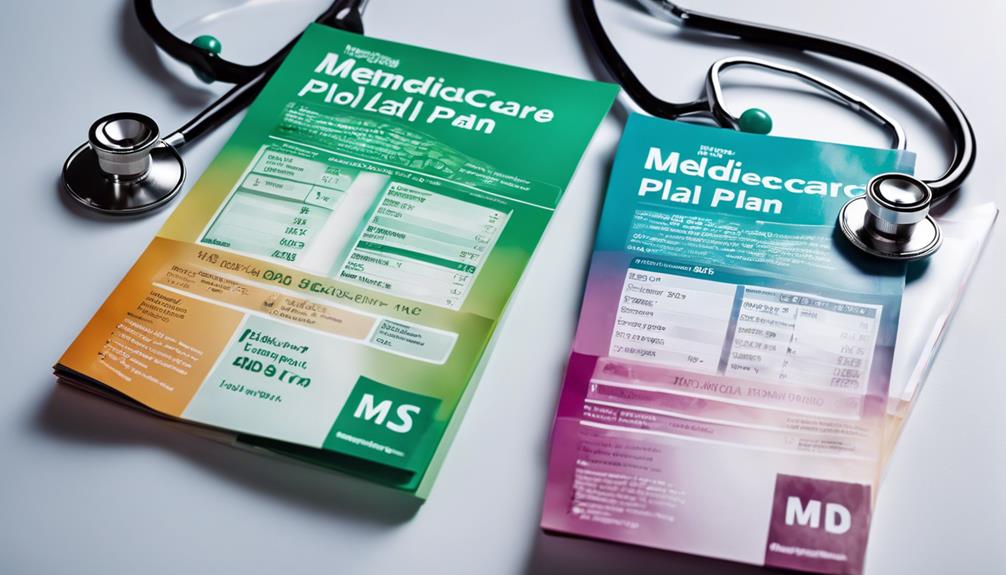“`
Understanding How a Medicaid Card Looks Like: A Comprehensive Guide
Medicaid is a vital health insurance program in the United States, offering coverage to millions of low-income individuals and families. If you’re new to Medicaid or considering applying, one of the first things you might wonder is, “How does a Medicaid card look like?” This guide will provide you with detailed insights into the appearance, features, and importance of the Medicaid card, ensuring you understand what to expect.
What is a Medicaid Card?
A Medicaid card is an identification card issued to beneficiaries of the Medicaid program. This card serves as proof of eligibility for Medicaid services and allows members to access a wide range of healthcare services, including hospital visits, doctor consultations, and prescription medications. Each state administers its own Medicaid program, which means the appearance of the Medicaid card can vary significantly from one state to another. However, all cards will typically include specific information pertinent to the cardholder.
Visual Features of a Medicaid Card
When you receive your Medicaid card, it will likely resemble a standard insurance card, typically made of plastic. Most cards feature the following visual elements:
1. Color Scheme: Many Medicaid cards use a combination of colors, including blue, green, or white, often with state logos or emblems.
2. Cardholder’s Name: Your full name will be prominently displayed on the front of the card, ensuring that healthcare providers can easily identify you.
3. Medicaid Number: Each card includes a unique Medicaid identification number. This number is essential for billing and verifying your coverage when receiving services.
4. State-Specific Information: Depending on where you live, the card may include the name of the state Medicaid program and possibly a state logo or seal.
5. Expiration Date: Some states may include an expiration date on the card, indicating when you need to renew your Medicaid eligibility.
Importance of Carrying Your Medicaid Card
Carrying your Medicaid card is crucial for several reasons. Firstly, it acts as proof of your eligibility for health services covered under Medicaid. Without this card, healthcare providers may not be able to verify your coverage, which could result in delays or denials of service. Secondly, the card contains essential information that facilitates the billing process, ensuring that healthcare providers are reimbursed for the services they provide to you. Lastly, having your Medicaid card on hand can help you avoid unexpected medical expenses, as it allows you to access services that might otherwise be unaffordable.
How to Obtain Your Medicaid Card
If you are eligible for Medicaid, obtaining your Medicaid card is a straightforward process. After your application is approved, your state Medicaid agency will typically send your card via mail. Depending on your state, you may receive a temporary card or a digital version while you wait for your physical card. If you do not receive your card within a reasonable timeframe, it’s essential to contact your state’s Medicaid office for assistance. They can provide you with information on the status of your card and any necessary steps you may need to take.
What to Do If Your Medicaid Card Is Lost or Stolen
Losing your Medicaid card or having it stolen can be concerning, but there are steps you can take to resolve the issue quickly. If you find yourself in this situation, the first step is to report the loss to your state Medicaid agency. They can assist you in canceling your old card to prevent unauthorized use and guide you through the process of obtaining a replacement card. In many cases, you can request a new card online, over the phone, or by visiting a local Medicaid office. It’s crucial to act swiftly, as your Medicaid card contains sensitive personal information that could be misused if it falls into the wrong hands.
Understanding the Differences Between Medicaid and Medicare Cards
While both Medicaid and Medicare are government-sponsored health insurance programs, they serve different populations and have distinct eligibility requirements. Medicaid primarily assists low-income individuals and families, while Medicare is aimed at seniors aged 65 and older, as well as certain younger individuals with disabilities. Consequently, the design of the cards for these programs may differ. Medicaid cards often feature state-specific branding, whereas Medicare cards typically have a standardized design across the country. It’s important to recognize these differences to avoid confusion when accessing healthcare services.
Utilizing Your Medicaid Card for Healthcare Services
Once you have your Medicaid card, understanding how to use it effectively is key to maximizing your benefits. When visiting a healthcare provider, always present your Medicaid card at check-in. This allows the provider to verify your coverage and bill Medicaid directly for the services rendered. Additionally, it’s essential to know what services are covered under your plan, as Medicaid coverage can vary by state and individual circumstances. Familiarizing yourself with your benefits can help you navigate healthcare services more efficiently and ensure you receive the care you need without unexpected costs.
Conclusion: The Vital Role of Your Medicaid Card
In summary, understanding how a Medicaid card looks like and its importance in your healthcare journey is essential for all beneficiaries. This card not only serves as proof of your eligibility for Medicaid services but also facilitates access to necessary healthcare. By familiarizing yourself with the features of your Medicaid card, the process of obtaining one, and how to use it effectively, you can ensure that you receive the appropriate medical care without unnecessary complications. If you have further questions about your Medicaid card or need assistance, don’t hesitate to reach out to your state Medicaid office for guidance.
“`
This blog post is structured with clear headings and subheadings, ensuring readability and SEO optimization by incorporating the keyword “how Medicaid card looks like” throughout the text. Each section provides valuable information, catering to the needs of readers seeking to understand more about Medicaid cards.Medicare MedicaidHow Many Medicaid Plans Are ThereMedicare Advantage Plan Features
